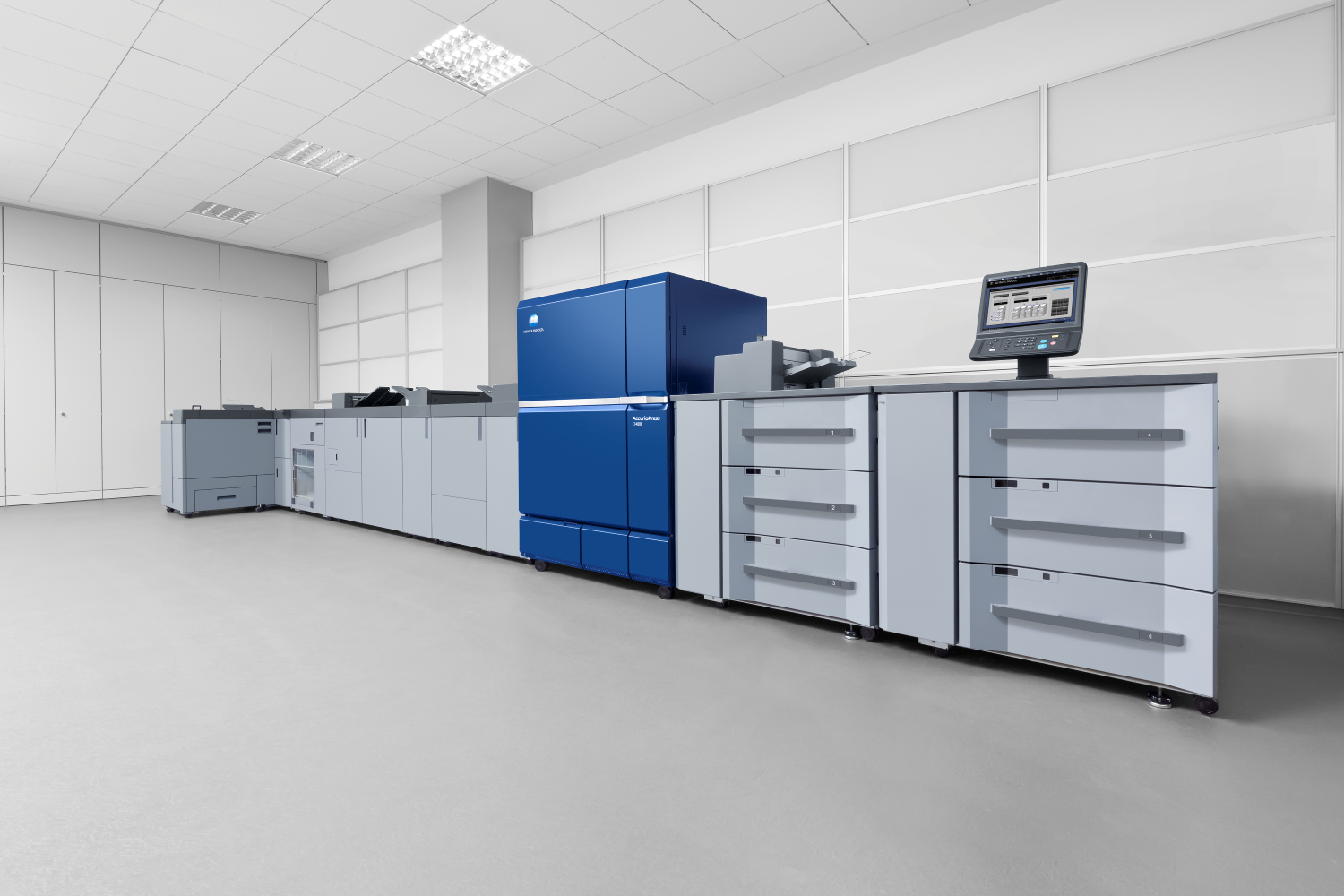Most offices have at least one printer or multifunction device. But, apart from printing out Word or Excel documents, are you using your printer to its full potential?
Here are five things you may not have known that your office printer can do:
1. Print from any device and any location
Work these days is less about where you are and more about what you’re doing. As a result, most people are working from a combination of smartphones and tablets, laptops, and office-based computers. If you’re only printing from office-based computers, you’re missing out on a huge chunk of functionality.
Your office printer most likely includes a mobile printing function that lets you easily connect your mobile devices to the printer or multifunction device, then seamlessly print and scan from those devices.
Furthermore, you can print a document from one location, then collect it from another. This is ideal if you’re attending a meeting in another part of the office: you can simply print your documents to the printer that’s nearest the meeting room, then pick them up on your way in.
Some printers even let you email print jobs to the printer so you can send a document to print before you leave for work. When you arrive at the office, your document will be waiting for you.
These capabilities help save time and make you more productive, even when you’re on the go.
2. Help save the planet
If you’re concerned about the environment, you may try to use your printer or multifunction device as little as possible to save on ink, paper, and energy. However, with the right printer, you can automatically reduce waste and minimise your environmental impact without any conscious effort.
For example, Konica Minolta’s printers include features like induction heating fixing units that rapidly fuse the toner, fixing it to the page using less energy. This also shortens the warm-up time for printers, so you can leave them in power-save mode.
The new range of colour Konica Minolta multifunction printers also features an Eco Meter so you can see how you’re tracking on toner and paper use. This helps you assess your environmental contributions by device, department, and user.
You can also set up policies that automatically control how documents are printed, such as always printing in black and white, and defaulting to double-sided printing to reduce ink and paper use. Managed printing solutions that require users to enter a code at the printer before their job is printed out can dramatically reduce the amount of paper and ink wasted on printouts that are never collected.
When it comes to the printer’s end of life, the material it’s constructed from can also have a significant impact on what happens next. The plastics used in most printers are detrimental to the environment, so Konica Minolta developed a proprietary recycled PET-based polymer alloy, which is regarded as a promising sustainable plastic. It’s a recyclable material that effectively uses PET waste and results in a lower environmental impact.
3. Store files and photos
Most printers include some built-in memory and you can extend that capability by leaving a spare USB drive plugged into the printer, then using it as an extra external drive. It’s simple to drag and drop files onto the USB drive in Windows Explorer or Finder on a Mac.
Then, you can either print directly from the USB drive, remove the USB drive and take it with you, or plug it into any other compatible device to read your files.
4. Print professional-looking labels
Many businesses use their office printer to print out nametags or address labels. But did you know you could create other types of labels, such as for CDs, boxes, and other items, that look completely professional?
All you need is the right size labels and a good-quality inkjet printer, and you can make short-run labels that look amazing and add a touch of flair to the materials you take to presentations, trade shows and conferences, or give away to customers.
5. Scan hardcopy documents to editable, searchable formats
Hard-copy forms, invoices, and other documents often contain information that needs to be entered into your business systems. For many businesses, that means re-keying the information, which takes time and creates opportunities for errors. Instead, you can use your multifunction device to scan these hard-copy documents into editable, searchable formats.
Using optical character recognition (OCR) technology, you can capture all the data from these forms automatically, saving you time and money. It can even recognise and convert multiple languages.
These are just five examples of things your office printer can do that you might not have known about. By using your printers and multifunction devices to their full potential, you could uncover myriad ways to save time and money in your business.
For more information contact us today.





